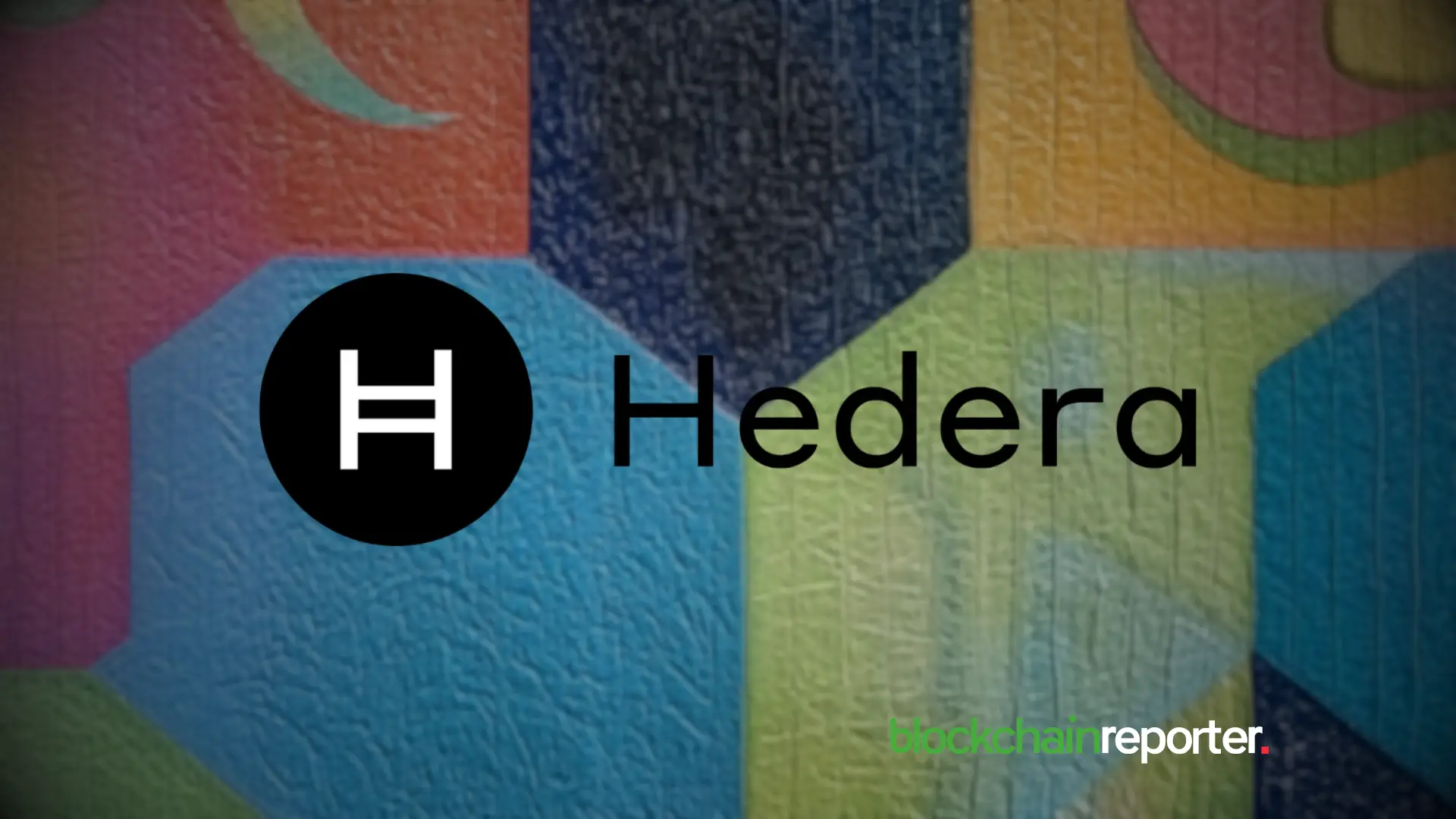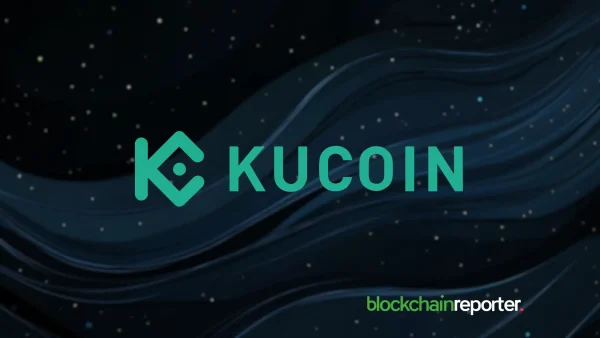
In a significant breakthrough, South Korea’s pioneering Shinhan Bank, SCB TechX – the tech innovation arm of Siam Commercial Bank, and Taiwan’s foremost financial institution, have jointly declared the successful culmination of a proof-of-concept (PoC) pilot for stablecoin remittance. The PoC was ingeniously constructed on the Hedera open-source, public network, renowned for its high efficiency and environmentally friendly operations. The successful execution of a stablecoin remittance PoC pilot marks a pivotal moment in finance and technology, highlighting the transformative potential of blockchain and stablecoins for financial transactions, especially in cross-border remittances.
Achievements Of The Pilot
Shinhan Bank from Korea and SCB Tech X, a subsidiary of Siam Commercial Bank, announced today the successful completion of a proof of concept (PoC) for utilizing stablecoins on the Hedera public Distributed Ledger Technology (DLT). A leading financial institution from Taiwan also took part in this initiative, facilitating cross-border remittances and real-time foreign exchange (FX) involving Thai Baht, Korean Won, and the New Taiwan dollar.
The PoC is compatible with Ethereum Virtual Machine (EVM), implying that any stablecoin issuers utilizing the EVM platform can join and use this framework in the future. This PoC builds upon Shinhan Bank’s earlier initiatives that began in 2021, when they collaborated with Standard Bank for international remittances via stablecoins. The successful completion of this second pilot represents a crucial advancement in the pursuit of efficient and cost-effective cross-border transactions.
Byunghee Kim, Chief of the Blockchain division at Shinhan Bank, said, “We are pleased to have partnered with Hedera to explore the potential of stablecoins as a means of facilitating cross-border remittances. The successful completion of this second PoC marks an important step forward in our efforts to make cross-border payments faster, cheaper, and more accessible to people around the world.”
Byunghee Kim further emphasized the significance of using blockchain technology for cross-border payments, stating, “Stablecoins offer a low-cost, fast, and reliable way to transfer value across borders, which can help to increase financial inclusion and improve access to financial services for individuals and businesses in underserved communities. With this next phase of PoC, we are pleased to have demonstrated how the use of Hedera’s EVM-compatible technology helps eliminate intermediaries, reduce costs, and speed up the remittance process.”
Hedera Network Expands Its Dominance In Developing Stablecoins
So far, a considerable amount of stablecoin usage has been dedicated to crypto transactions, with a significant remainder being used for peer-to-peer payments. The World Bank states that the average cost of remittances is 6%, but this figure fluctuates greatly worldwide. In regions like India, where transaction volumes are high, costs are much lower compared to other areas, where they can skyrocket to 15% or even 35%.
On cost-effective networks like Hedera, a transaction can be as cheap as a fraction of a cent. Hedera has developed a stablecoin accelerator and intends to make major components of the software required to launch a stablecoin open source.
Scalability is a challenge for stablecoins on public blockchains and DLT. Hedera can process 300 transactions per second with EVM smart contracts and up to 10,000 transactions per second with its native token service. Hedera is also developing a hybrid model for more efficient stablecoin management.
SCB TechX underscored the potential of stablecoins to enhance financial inclusion. Their CEO, Trirat Suwanprateeb, expressed that “stablecoins offer a low-cost, fast, and reliable way to transfer value across borders, which can help to increase financial inclusion and improve access to financial services for individuals and businesses in underserved communities.”
This declaration signifies a crucial progression in the financial sector, as an increasing number of banks and financial institutions are investigating the potential of blockchain and distributed ledger technology (DLT) to revolutionize cross-border payments.









